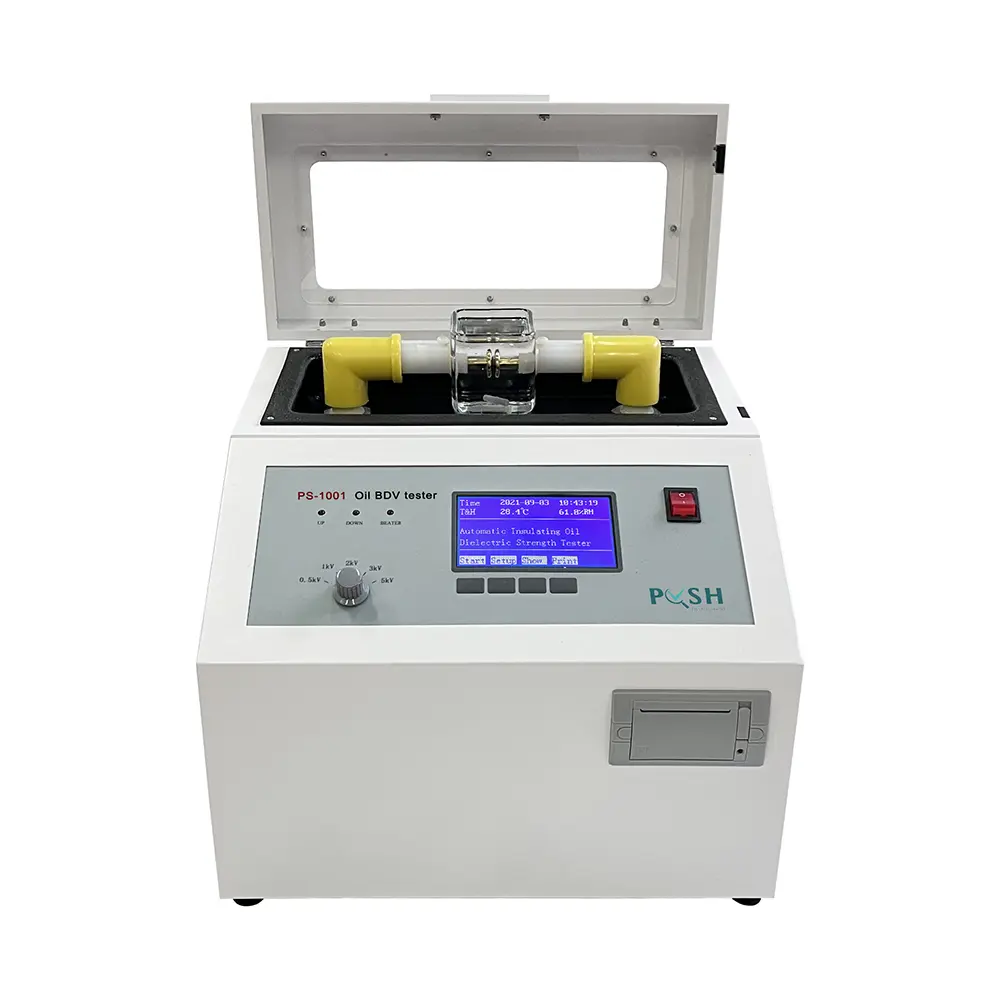Made Use Of Transformer Oil Recycling: Eco-Friendly Disposal and Reuse Options
Understanding Dielectric Transformer Oil: Necessary Advantages and Uses
Dielectric transformer oil offers as a critical component in the operation of electrical transformers and high-voltage equipment, working mainly as an insulating tool. Its distinct buildings, consisting of high dielectric stamina and exceptional thermal conductivity, not just enhance security but likewise enhance efficiency in numerous applications. Recognizing these features is essential for market experts seeking to enhance transformer performance and durability. As we explore the several benefits and uses dielectric transformer oil, one must consider exactly how its duty affects not simply tools dependability, however also more comprehensive functional considerations.
What Is Dielectric Transformer Oil?
Dielectric transformer oil is a specific shielding fluid used in electric transformers and various other high-voltage electric equipment. Unlike standard oils, dielectric oil is specifically created to have high dielectric toughness, which enables it to endure substantial electrical anxiety without conducting electricity.
Normally acquired from mineral oil or synthetic sources, dielectric transformer oil satisfies rigorous sector requirements for pureness and performance. Its chemical composition is thoroughly created to decrease the danger of oxidation and destruction in time, which is critical for maintaining the oil's shielding properties.
In addition to its protecting qualities, dielectric transformer oil serves as a coolant, taking in and transferring warmth created by electric elements during operation. Overall, dielectric transformer oil is an essential component in the risk-free and reliable operation of electric framework.

Secret Advantages of Dielectric Oil
While dielectric transformer oil offers vital features in electrical systems, its advantages expand beyond mere insulation and cooling. Among the key advantages of dielectric oil is its high dielectric stamina, which successfully prevents electrical break down, making certain the secure operation of transformers and other high-voltage devices. This building is crucial in preserving the dependability and durability of electric systems.
In addition, dielectric oil has excellent thermal conductivity, permitting efficient warm dissipation. This quality lessens the threat of getting too hot, hence expanding the life-span of transformers and lowering upkeep prices. In addition, the oil's chemical security and resistance to oxidation add to its longevity, ensuring regular efficiency with time.
Another significant advantage is its capacity to subdue arcing and corona discharge, which can harm electrical components. By providing a secure tool for electrical energy transfer, dielectric oil boosts functional security.

Applications of Dielectric Transformer Oil
Dielectric transformer oil plays a critical role in different applications within the electrical market, largely as a result of its unique insulating and cooling residential properties. Among its key usages is in power transformers, where it offers to facilitate and insulate internal components heat dissipation. This is essential in maintaining operational efficiency and longevity.
Along with power transformers, dielectric oil is also utilized in circulation transformers, making certain trusted and secure power circulation. Its high dielectric toughness protects against electric discharges, consequently minimizing the danger of failures and enhancing system integrity. In addition, dielectric transformer oil is used straight from the source in activators and capacitor banks, where it performs comparable features, safeguarding sensitive tools from electric break down - waste transformer oil.

Maintenance Factors To Consider
Appropriate maintenance of dielectric transformer oil is vital to make certain optimum performance and longevity of electric devices. Regular surveillance of the oil's chemical and physical homes is essential to detect any kind of deterioration that could hinder the insulation and cooling capacities. Secret parameters to examine consist of moisture web content, acidity, and dielectric toughness.
Regular tasting and lab evaluation can determine the visibility of pollutants such as liquified gases, particulates, and oxidation by-products. These evaluations assist in determining the oil's condition and whether it calls for treatment or substitute. Filtration systems can be used to remove particulates and wetness from the oil, restoring its protecting properties and prolonging its life-span.
Furthermore, keeping proper operating temperatures is essential; extreme warmth can accelerate oil destruction (waste transformer oil). Implementing temperature level monitoring systems can assist in detecting overheating conditions early
Ecological Influence and Safety
In examining the environmental effect and safety of dielectric transformer oil, it is vital to think about both its structure and potential hazards. Generally derived from mineral or artificial resources, dielectric oils can differ considerably in their environmental footprint.
Safety and security worries mostly focus on flammability and toxicity. Dielectric oils can be flammable, demanding appropriate storage and handling treatments to alleviate fire risks. Specific additives made use of in transformer oils may introduce toxicological dangers, highlighting the significance of picking oils with positive safety accounts.
Regulative conformity is likewise crucial (dielectric transformer oil). Abiding by environmental laws and security criteria makes certain that the usage of dielectric transformer oils minimizes unfavorable influence on human health and wellness Full Report and the ecosystem. To conclude, understanding the ecological implications and security methods related to dielectric transformer oils is crucial for responsible use in electric applications
Verdict
In recap, dielectric transformer oil serves as a crucial element in improving the safety and security and effectiveness of electrical transformers and high-voltage tools. Factor to consider of environmental impact and safety further highlights the value of dielectric transformer oil in contemporary electric facilities.
Dielectric transformer oil offers as a vital part in the procedure of electric transformers and high-voltage devices, working mostly as a protecting medium. Dielectric transformer oil is a specific protecting fluid used in electrical transformers and various other high-voltage electric devices. Unlike traditional oils, dielectric oil is particularly developed Continue to possess high dielectric strength, which allows it to hold up against substantial electrical anxiety without carrying out electrical energy.
One of the main advantages of dielectric oil is its high dielectric toughness, which properly stops electrical breakdown, ensuring the secure procedure of transformers and other high-voltage tools.In recap, dielectric transformer oil serves as a crucial part in improving the safety and performance of electric transformers and high-voltage equipment.